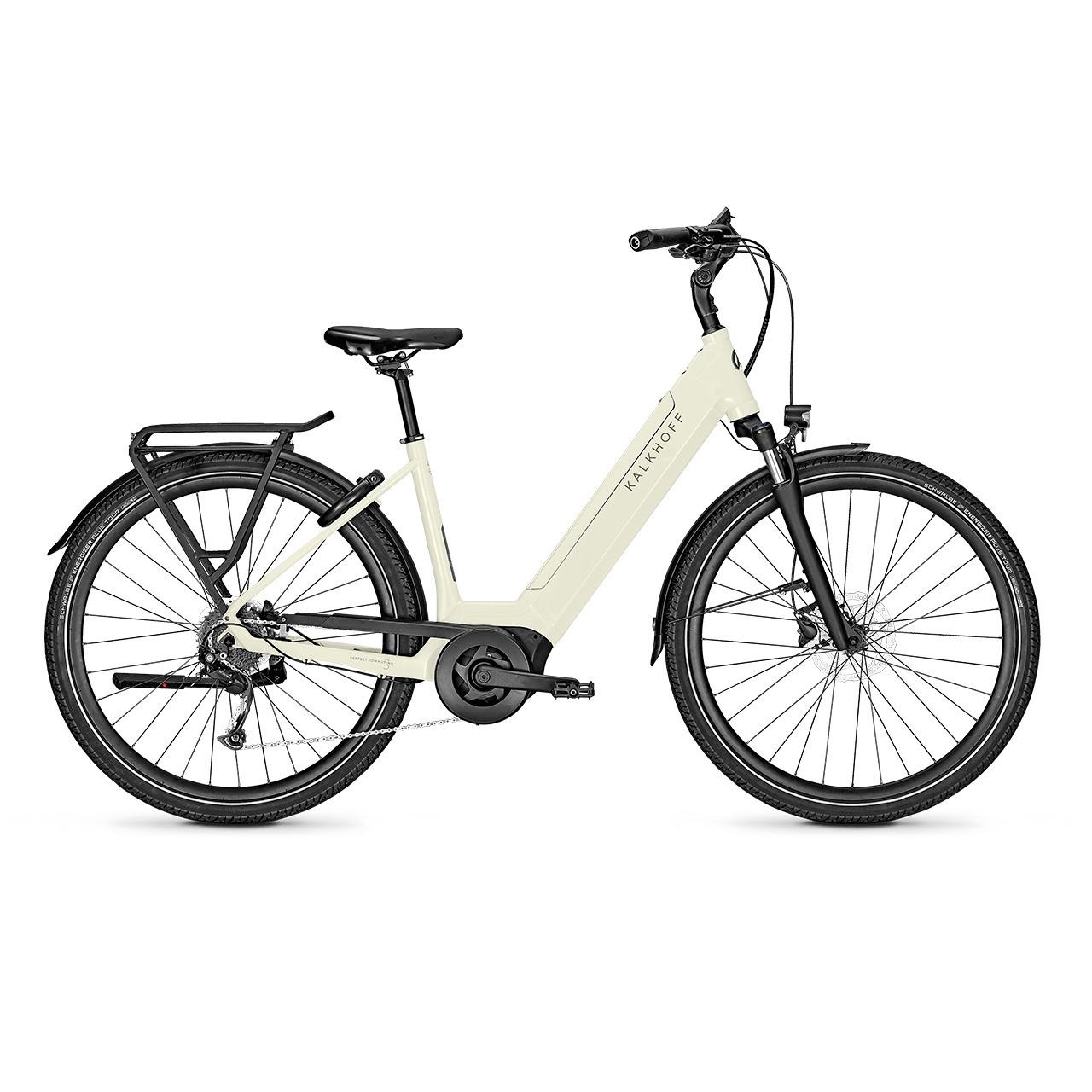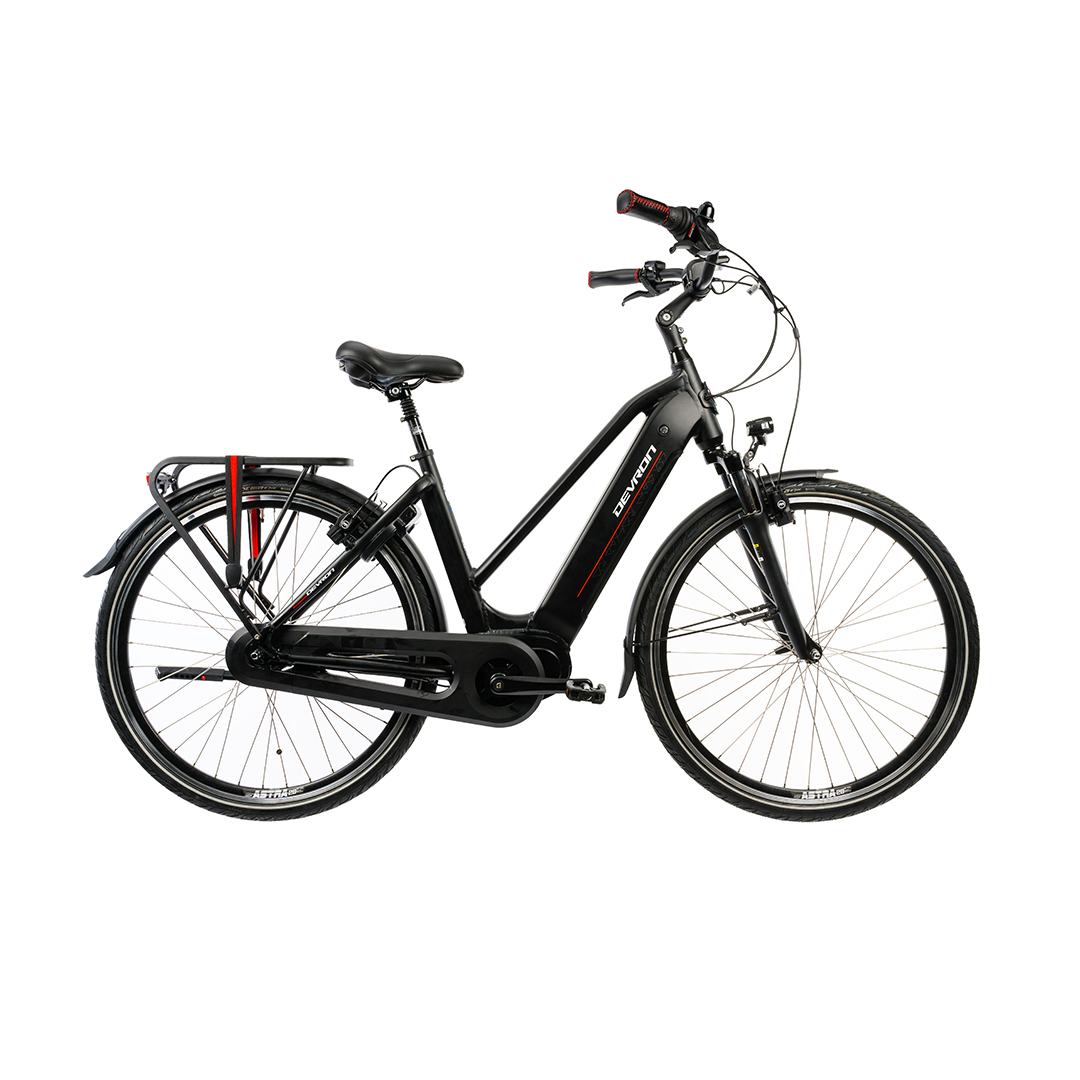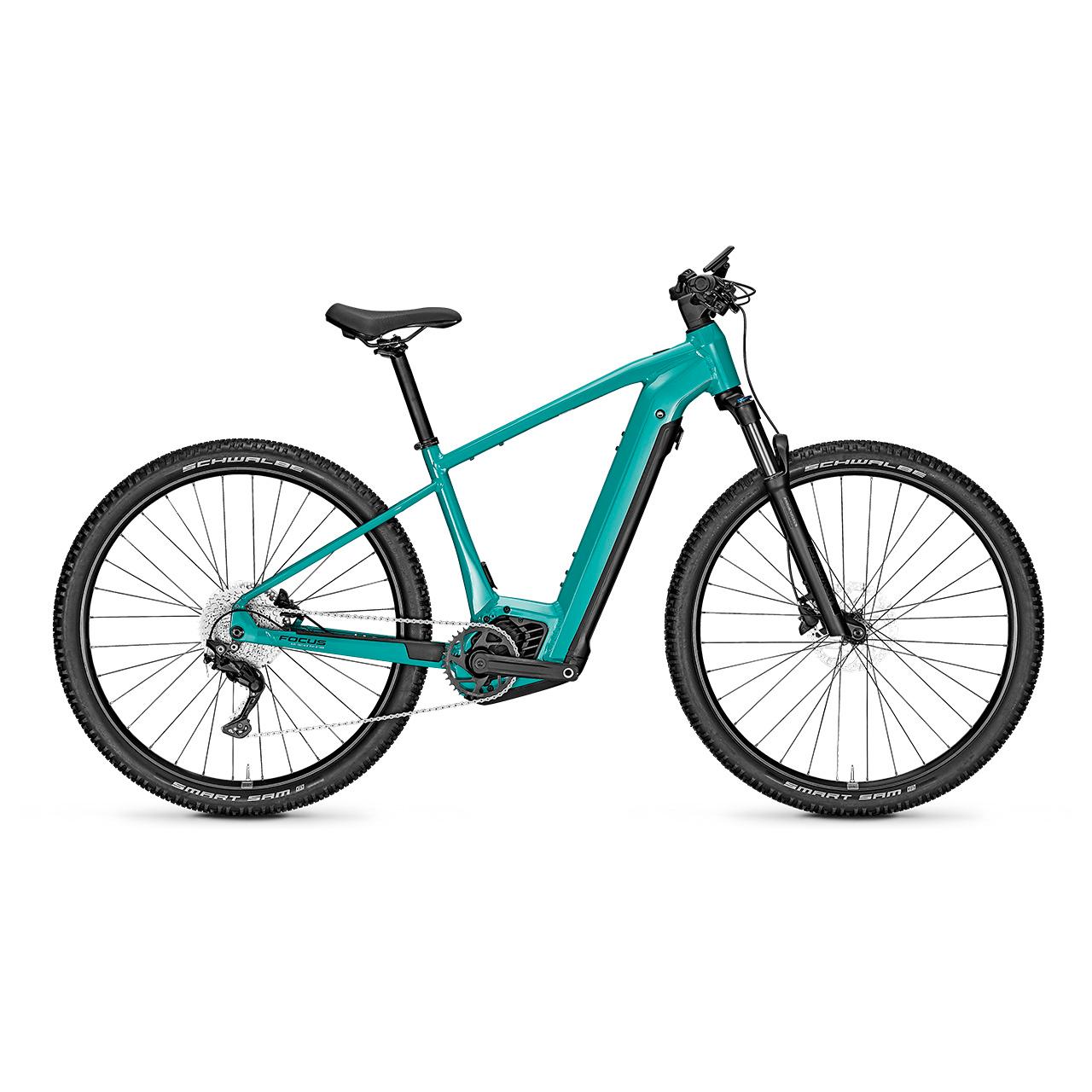E-Bike
WHAT IS AN E-BIKE?
An e-bike, short for electric bicycle, is a type of bicycle that is powered by an electric motor. E-bikes typically have a battery that powers the motor and assists the rider’s pedaling, providing an extra boost of speed and reducing the effort required to ride uphill or against the wind. Some e-bikes also have a throttle that allows the rider to control the motor without pedaling at all, similar to a motorcycle.
E-bikes come in various styles, including road bikes, mountain bikes, and city bikes, and they can be used for commuting, recreational riding, or exercise. They are becoming increasingly popular as a greener alternative to traditional vehicles for short trips and transportation, as they are efficient, cost-effective, and environmentally friendly.
IS IT NECESSARY TO RIDE WITH AN E-BIKE?
Whether or not it is necessary to ride with an e-bike depends on the individual's needs and preferences.
Here are some potential reasons someone might choose to ride an e-bike:
- Commuting: E-bikes can be a more efficient and cost-effective mode of transportation for commuting, especially for longer distances or when the route includes hills or other challenging terrain.
- Fitness: E-bikes can provide an easier transition into regular cycling for individuals who may not be physically fit enough to ride a traditional bike, or for those recovering from injuries.
- Environment: E-bikes can be a more environmentally friendly option than cars or public transportation, as they produce no emissions and require less energy to operate.
- Speed: E-bikes can reach higher speeds than traditional bikes, which may be appealing to some riders who want to travel faster and cover more ground in less time.
Ultimately, the decision to ride an e-bike is a personal one, based on an individual’s needs, preferences, and circumstances.
FOR HOW MANY KILOMETERS AND FOR HOW LONG CAN I USE AN E- BIKE?
The range and duration of an e-bike depend on several factors, including the battery capacity, the level of assistance selected, the terrain, the rider’s weight, and the riding style. Here are some general guidelines:
- Range: E-bikes typically have a range of 40-100 kilometers (25-62 miles) per charge, depending on the battery capacity and the level of assistance used. A rider using maximum assistance and riding on flat terrain may get a shorter range than a rider using minimal assistance and tackling steep hills.
- Duration: E-bike batteries typically last 2-5 years or 500-1000 charge cycles, whichever comes first. A charge cycle is defined as using the battery from full to empty and then fully recharging it. A rider can typically ride an e-bike for 1-3 hours on a single charge, depending on the level of assistance and terrain.
It’s important to note that the range and duration of an e-bike are estimates and can vary depending on the factors mentioned above. It’s always a good idea to consult the manufacturer’s specifications and test ride an e-bike to get a better idea of its capabilities.
WHAT DOES WH MEAN?
WH stands for watt-hour and is a unit of energy commonly used to describe the capacity of an e-bike battery. Watt-hour is a measure of how much energy a battery can hold and how much energy it can deliver over a certain period.
To calculate the watt-hours of an e-bike battery, you multiply the voltage (V) by the amp-hour (Ah) rating. For example, a 36V 10Ah battery has a capacity of 360 watt-hours (36V x 10Ah = 360Wh).
The watt-hour rating of an e-bike battery is an important specification to consider when choosing an e- bike because it affects the range and duration of the e-bike. A higher watt-hour rating typically means the e-bike can travel further on a single charge, but it may also mean a heavier and more expensive battery.
IS IT POSSIBLE TO REMOVE THE BATTERY FROM MY E-BIKE?
On all e-bikes the batteries are removable without tools: all you need is the key to open the retention system.




